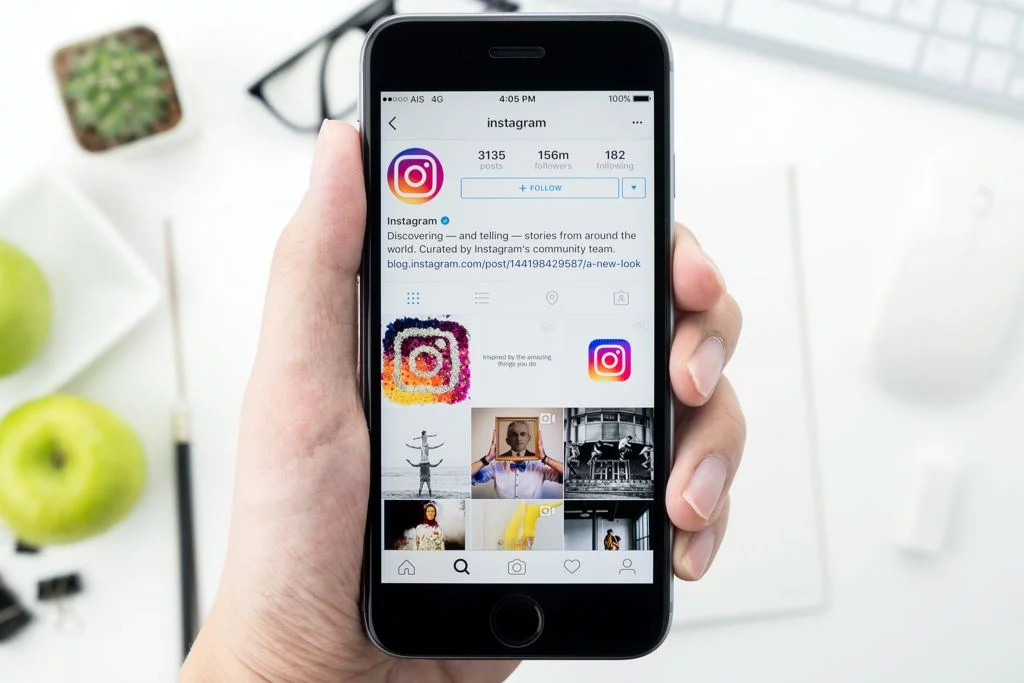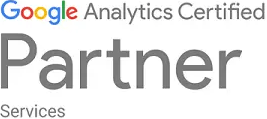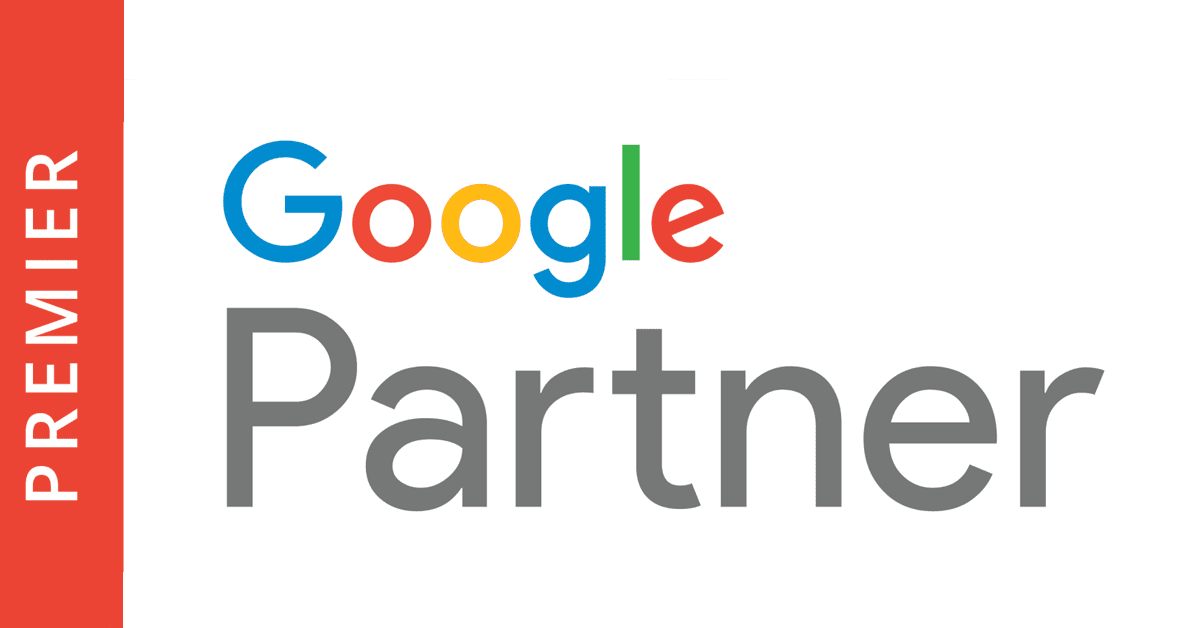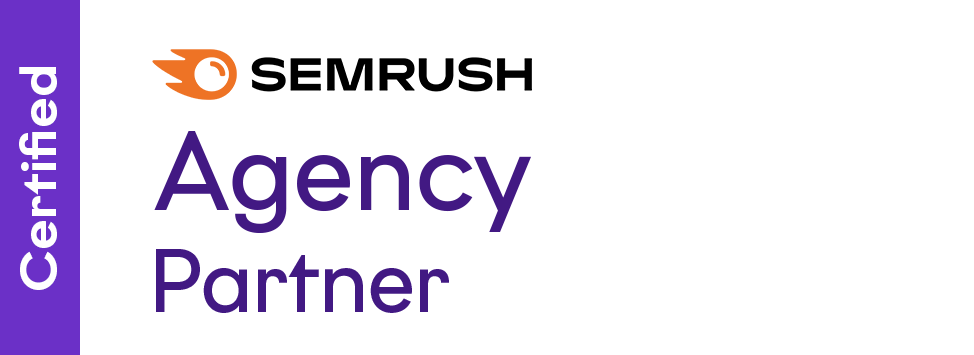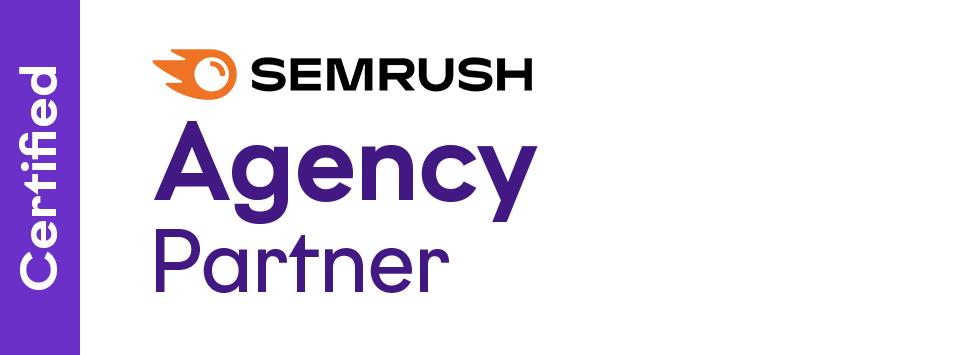Backlinks, or inbound links, are a pivotal strategy for enhancing your site’s visibility. However, Google’s evolving algorithms demand not just any backlinks, but ones that are high in quality and relevance. This post delves into safe link-building strategies that align with Google’s guidelines, ensuring your site not only stands out but also gains the approval of the most dominant search engine.
Safe and Effective Link Building Strategies
1. Content Creation (Link Magnets)
Creating link magnets involves crafting valuable content, like comprehensive guides or infographics, that naturally attracts links due to its quality or usefulness. This strategy focuses on generating high-quality, informative content tailored to your audience’s needs or gaps in your niche.
- How-To: Focus on high-quality, informative content that addresses your audience’s needs or gaps in your niche.
- Pros/Cons: Long-term organic link acquisition and authority building, but time-intensive and no immediate link guarantee.
- When to Use/Not Use: Fundamental to ongoing SEO strategy, less ideal for quick link acquisition.
More on this: How to Get Started Building Backlinks with Infographics
2. Guest Posting
Guest posting is writing articles for other websites in your niche and including a backlink to your site. This method is about identifying relevant sites, pitching article ideas, and integrating your link effectively.
- How-To: Identify relevant sites in your niche, pitch article ideas, and include a backlink to your site.
- Pros/Cons: Builds relationships and direct link placement, but requires effort in outreach.
- When to Use/Not Use: Great for targeted exposure and authority building, not ideal for irrelevant or low-quality sites.
3. Content Syndication
Content syndication is about republishing your content on other websites or platforms. You share existing content on platforms willing to republish it, typically with a link back to the original piece.
- How-To: Share existing content on platforms willing to republish it with a link back to the original.
- Pros/Cons: Expands content reach and potential for backlinks, but may lead to duplicate content issues.
- When to Use/Not Use: Effective for maximizing exposure of high-performing content, avoid if it undermines your original content’s uniqueness.
4. Broken Link Building
Broken link building replaces broken links on other sites with your relevant content. It involves identifying broken links and reaching out to site owners with your content as a superior alternative.
- How-To: Identify broken links, then reach out to site owners with your content as an alternative.
- Pros/Cons: Useful for site owners, high success rate, but finding opportunities can be time-consuming.
- When to Use/Not Use: Ideal for replacing outdated resources, not suitable without relevant content to offer.
5. HARO (Help A Reporter Out)
HARO is a platform for providing expert opinions to journalists for inclusion in their articles. It involves responding to journalist queries with expert insights to secure a mention and backlink.
- How-To: Respond to journalist queries on HARO with expert insights and secure a mention and backlink.
- Pros/Cons: Access to high-quality backlinks, competitive and no guaranteed placements.
- When to Use/Not Use: Best for establishing authority in top publications, less effective without unique insights.
Why Do We Need Links?
Backlinks are the backbone of SEO. They act as votes of confidence, signaling to search engines that others value your content, thus boosting your site’s credibility and rank. However, not all links are created equal. High-authority backlinks, in particular, carry significant weight in the eyes of algorithms. As Google continues to refine its algorithm, understanding the nuances of effective and safe link-building is essential for anyone looking to improve their online presence without risking penalties.
Here is a simple graph created by Anthony Palomarez that shows the importance of links in relation to other elements of SEO:
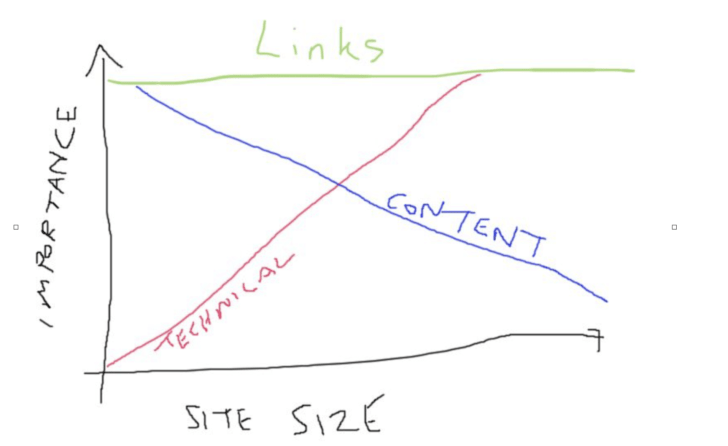
What makes a good backlink?
A good backlink is not just about where it comes from, but also its quality over quantity. Few high-quality links from authoritative, relevant sites can significantly outperform numerous low-quality links. Search engines prioritise the trustworthiness and relevance of your backlink sources over the sheer number, recognising that valuable endorsements are more impactful than many irrelevant ones. Prioritising quality links ensures a more sustainable and effective SEO strategy.
Link Building Strategies To Avoid In 2024
Gaining quality backlinks is crucial yet challenging due to Google’s clampdown on manipulative practices. Previously common tactics like buying low-quality links or utilising article directories and press releases are now risky and often ineffective. Google’s improved detection can lead to penalties, and the value of certain link types has diminished. Despite these challenges, links remain vital for rankings. The key is to find safe, effective methods that align with Google’s evolving algorithm.
But how do you get a good, powerful backlink without getting into trouble with Google? Over the past decade, Google has eliminated all the controllable link-building strategies:
- Purchasing low-quality links from websites, as they’re easily detected by Google and may lead to severe penalties.
- Utilising article and directory links, which are largely de-indexed or ignored by search engines, though some reputable sites might still hold value.
- Relying on press release links that are predominantly nofollowed, making them less effective for SEO, and the impact of nofollow links on ranking remains uncertain.
How we can help with your link building strategy
Building links is essential for good SEO, but it must be done right. We’ve discussed several safe strategies to help you get quality backlinks. If you want expert help with this, our SEO agency is here to assist. We understand what works and what doesn’t, ensuring your link-building efforts pay off. Get in touch with us to learn more about how we can help you grow your site’s authority and visibility.
Further reading:









